Stop Ivory Trade
Battling the Ivory Trade for Elephant Conservation
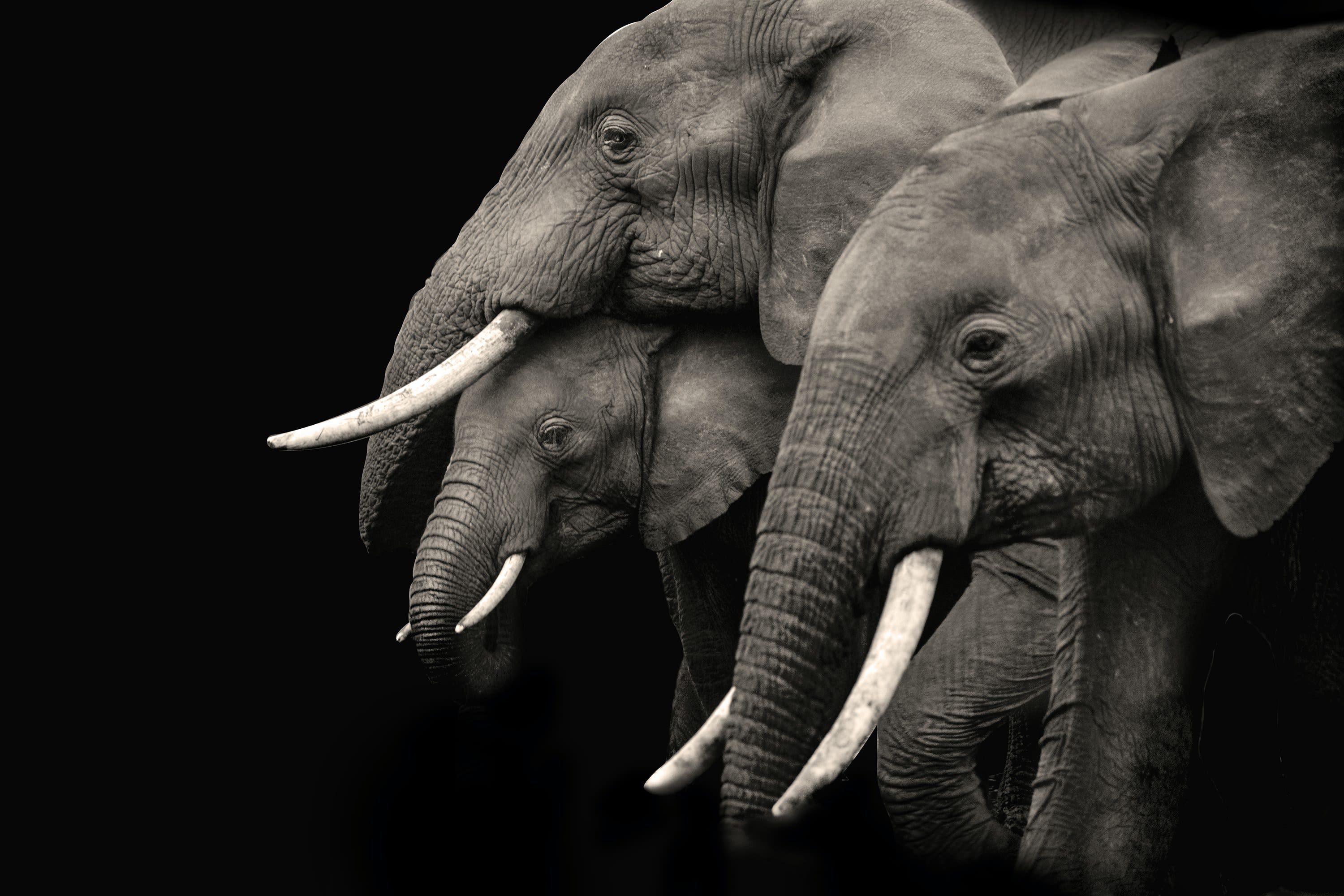
Throughout history, the human desire for ivory—used in products from jewelry to piano keys to priceless religious art objects—has far outmatched efforts to stop the killing of African elephants for their tusks.
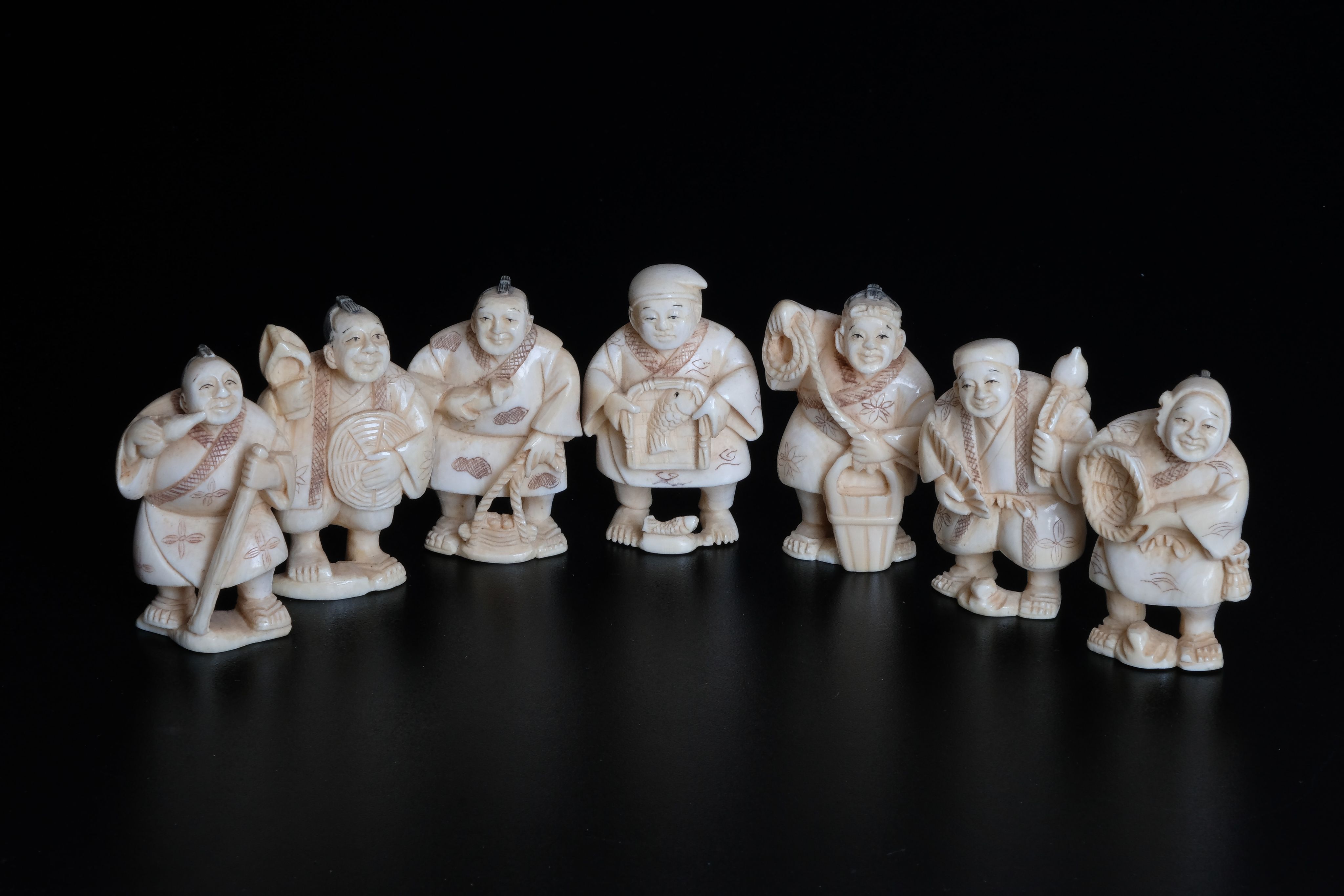
Photo by Daniele Levis Pelusi on Unsplash
Photo by Daniele Levis Pelusi on Unsplash
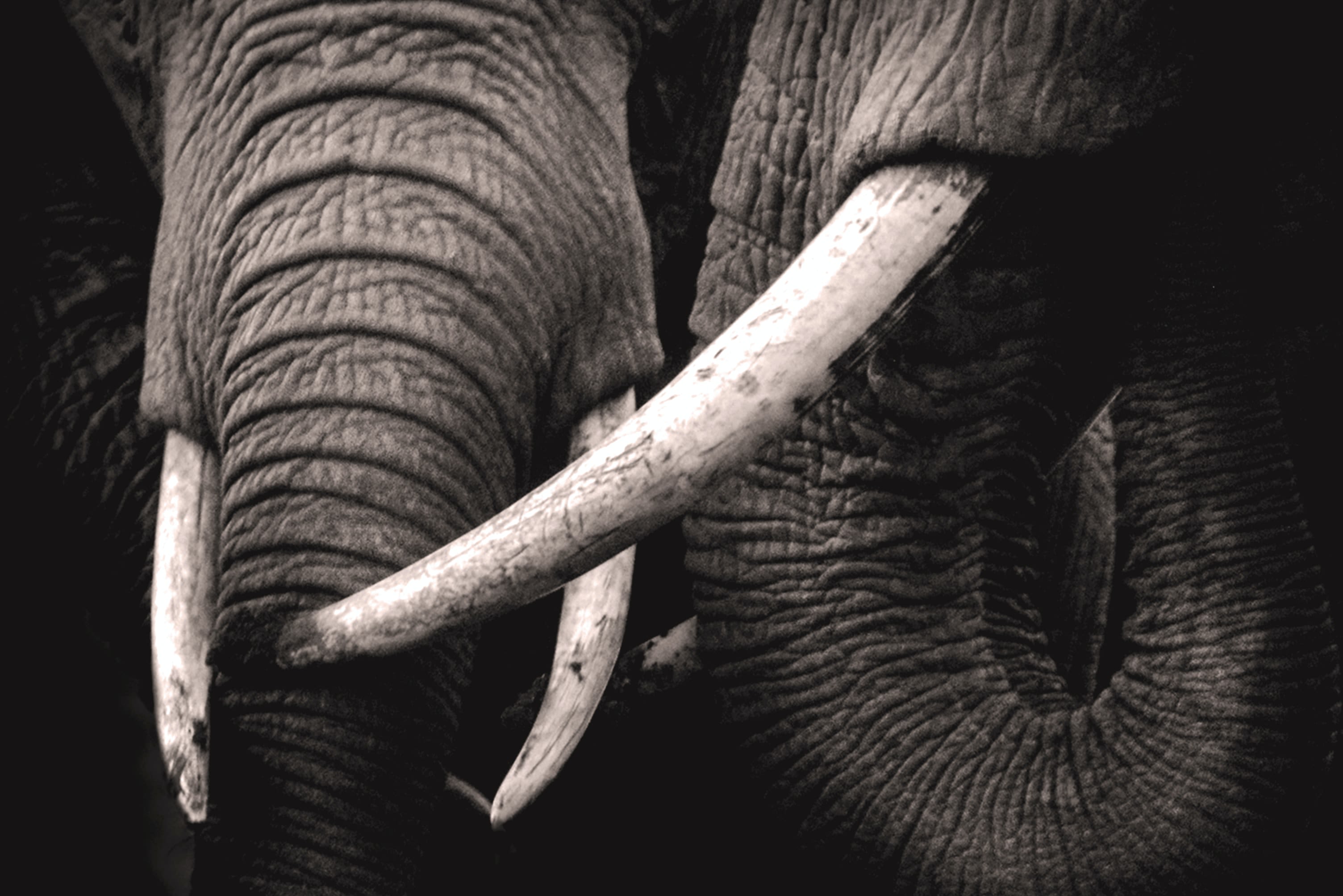
Photo by Bisakha Datta on Unsplash
Photo by Bisakha Datta on Unsplash
The ivory trade has led to a significant decline in Africa's elephant population, plummeting from about 26 million elephants in 1800 to nowadays, less tan one million.
Decresing Elephant Herds
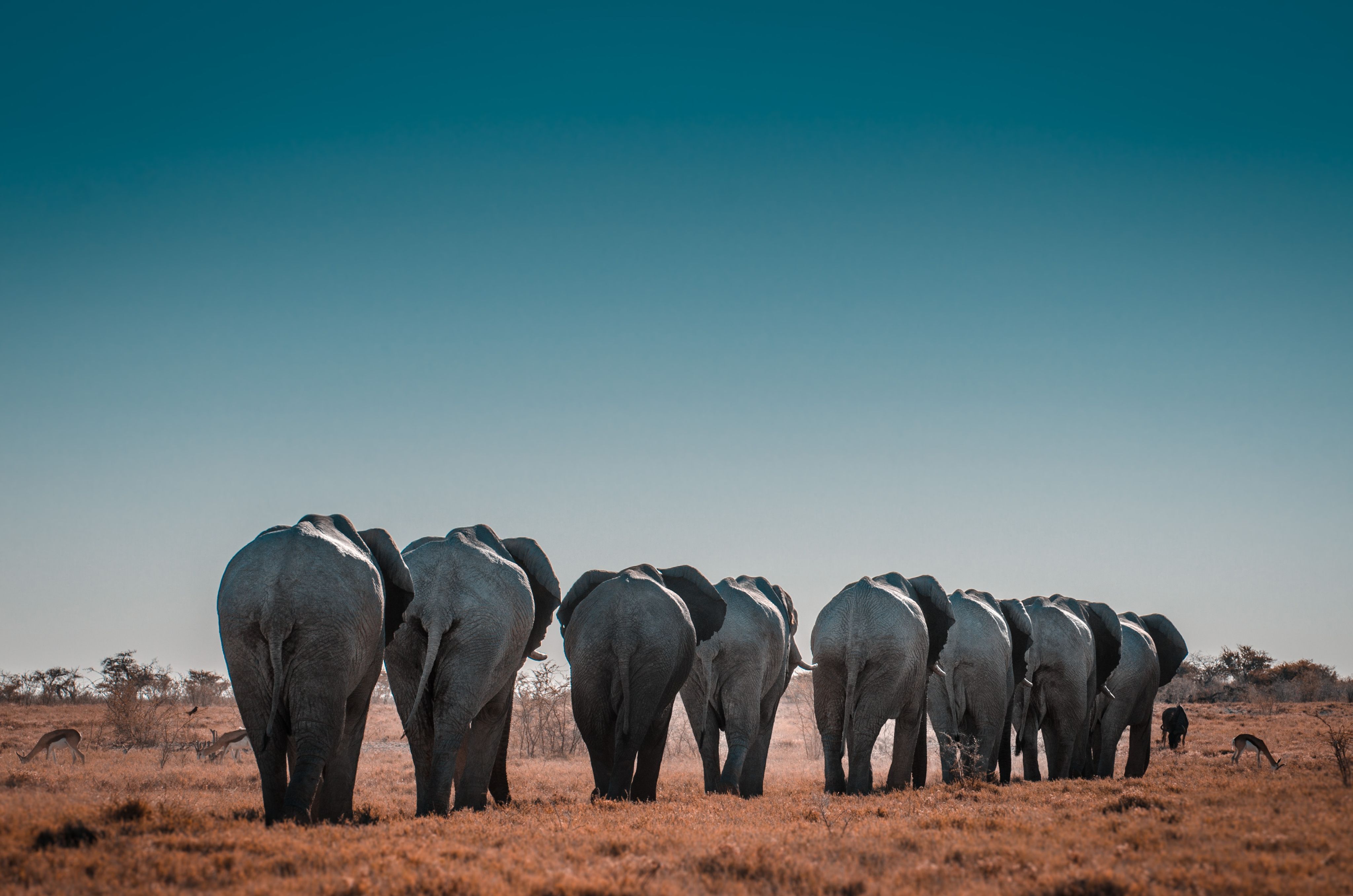
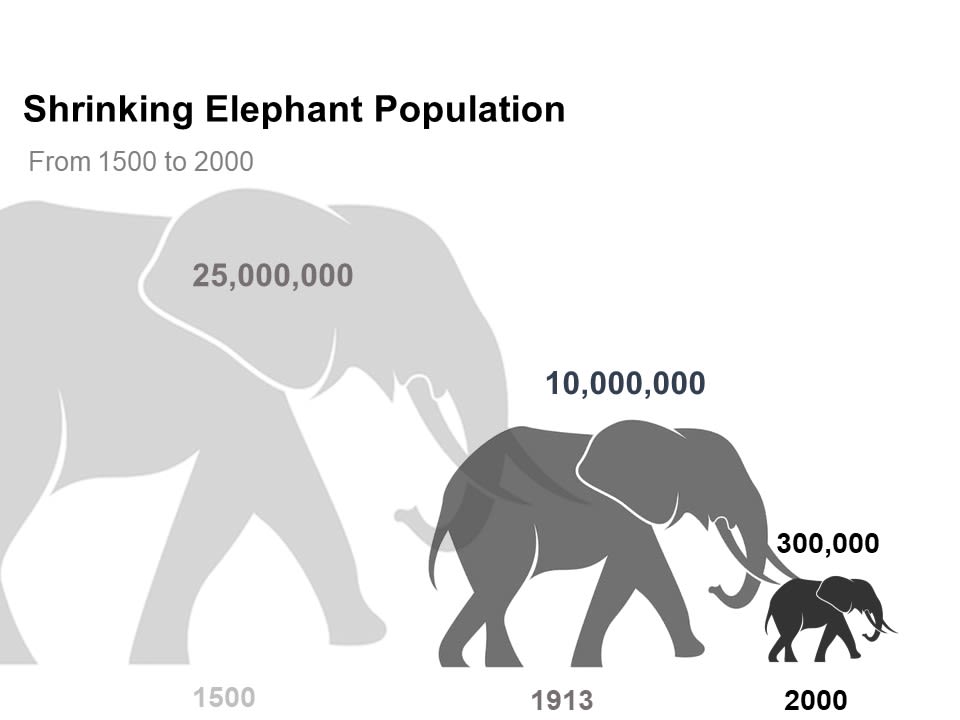
The African elephant population has undergone a staggering decline of 98% since the year 1500.
Initially, in 1500, the continent harbored over 25 million elephants. However, by the year 1900, this number had dwindled to approximately 10 million. The decline continued, reaching 1.3 million by 1979.
A particularly alarming period of rapid population reduction occurred during the 1970s and 1980s, resulting in a further decrease to below 300,000 by the mid-1990s. This significant and continuous decline highlights the urgent need for conservation efforts to safeguard the remaining African elephant populations.
The drastic decline in elephant herds from 10 million in 1913 to 300,000 in 2000 reflects a distressing trend in the face of habitat loss, poaching, and human-wildlife conflict.
In the subsequent decades, conservation initiatives in various countries successfully revitalized populations, surpassing 470,000 in 2008. However, escalating poaching rates in the last decade have reversed this progress, leading to a decline in numbers once again.
Illegal Industry Chain

The United States (US) stands out as the leading importer with 1942 counts, followed by China (CN) and Great Britain (GB) with 640 and 614 counts, respectively.
Notably, Hong Kong (HK), Canada (CA), and France (FR) also show substantial counts, indicating a global distribution of ivory imports.
part 1 : why people buying ivory products.
The majority of the ivory products are intended for commercial purposes (T), with a count of 3097 .
Personal use (P) is also significant, with a count of 2848, indicating a substantial demand for ivory in non-commercial contexts.
Hunting (H), Scientific (S), and Law enforcement/judicial/forensic (L) purposes have relatively lower counts, suggesting these purposes are less common in the dataset.
Educational (E) and Travelling exhibition (Q) purposes also have lower but non-negligible counts. (CITES)
part 2 : How people get ivory.
The Wildlife Dashboard (c4ads.org) offers valuable insights into wildlife trafficking trends across various transport sectors. The dashboard categorizes seizures into 4 types.
Air – Seizures made at airports or affiliated cargo warehouses, encompassing both passenger-carried wildlife shipments and shipments via air freight services.
Land – Seizures made at inland locations, outside of logistics hubs (like airports, maritime ports, and mail processing facilities); land seizures may take place in homes, in company warehouses, on roads, or at land border crossings.
Mail – Seizures made at a postal and/or parcel processing facility or customs inspection point, encompassing both personal shipments of any size and commercial shipments via package delivery or courier service.
Sea – Seizures made at a maritime port, an affiliated cargo warehouse, a customs inspection point, or from boats along various bodies of water.
part 3 : Most serious poaching in africa
The CITES Monitoring the Illegal Killing of Elephants (MIKE) Programme is a site-based system designed to monitor trends in the illegal killing of elephants, build management capacity and provide information to help range States make appropriate management and enforcement decisions.
Across the entirety of Africa, the carcass ratio was recorded at 11.9% (Chase et al., 2016). This implies that for every 100 live elephants, there were approximately 12 deceased elephants. A carcass ratio exceeding 8% typically indicates a declining population, as it surpasses the replacement rate (Douglas-Hamilton & Burrill, 1991).
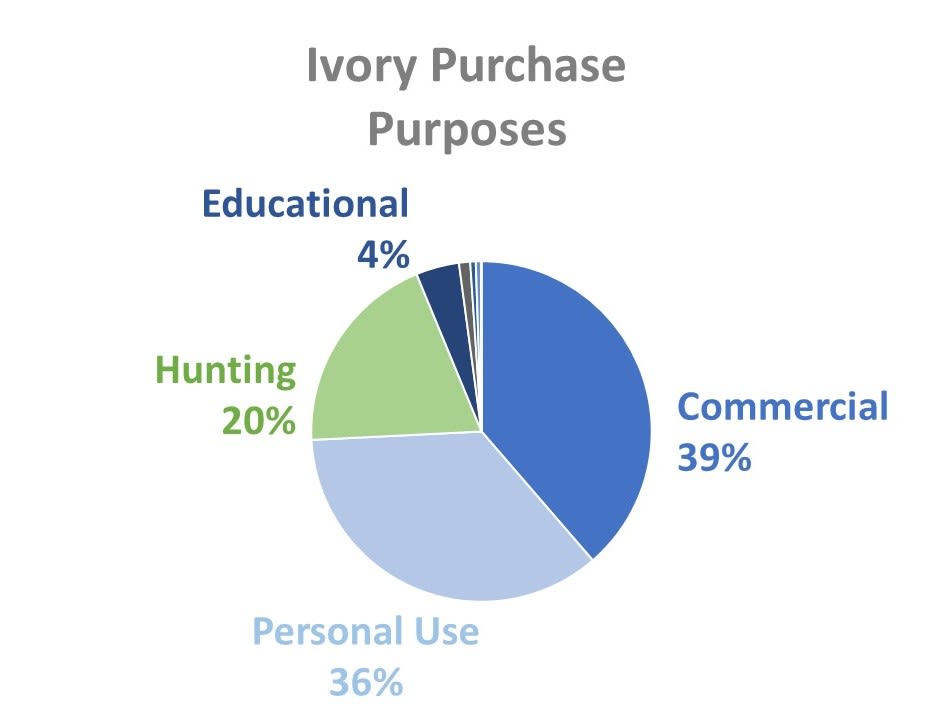
Data source: CITES
Data source: CITES
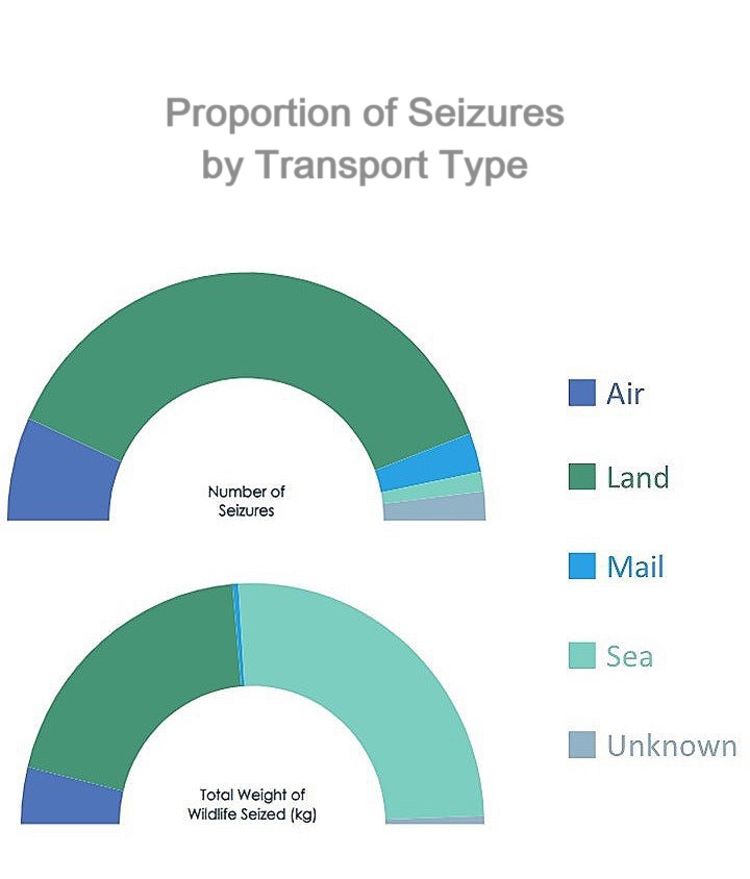
Data source: c4ads.org
Data source: c4ads.org
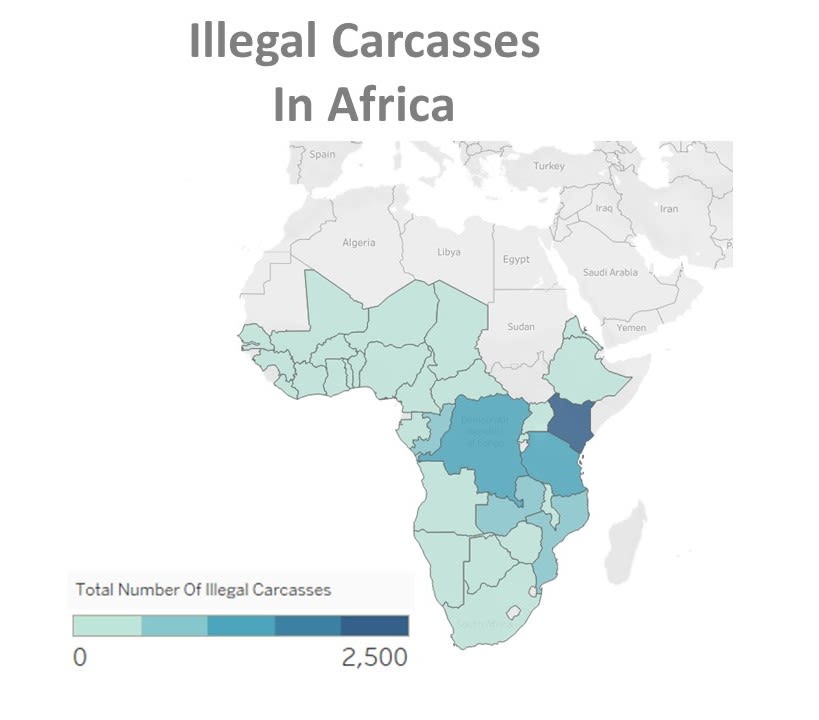
Data source: CITESmike2023
Data source: CITESmike2023
Post-Ivory Ban Changes
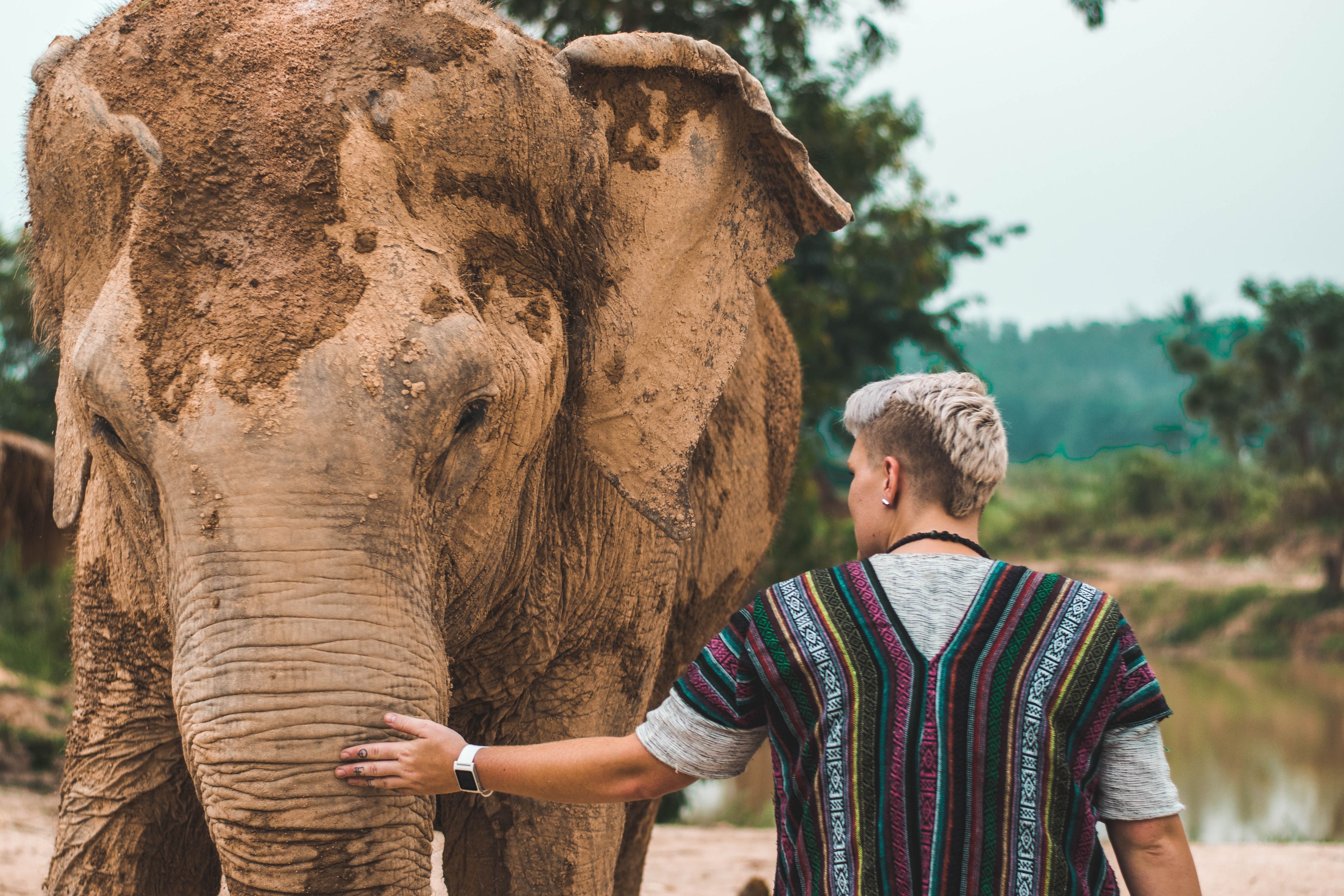
Encouragingly, a significant moment arose to combat the crisis of African elephant poaching: governments took coordinated action to address this wildlife crime.
In 2016, the United States enacted a nearly complete ban on the trade of elephant ivory, a move later mirrored by the United Kingdom, Singapore, Hong Kong, and other markets involved in the elephant ivory trade. Notably, China took a groundbreaking measure by shutting down its legal domestic ivory market at the close of 2017 (WWF).
Global efforts, propelled by individuals around the world, have successfully led to international action at the highest levels. This, combined with diplomatic and public pressure from all sides, has played a crucial role in implementing the game-changing ivory ban. Presently, people are actively engaged in ensuring the ban's success by eradicating the remaining consumer demand for elephant ivory and black-market sales.
Sustainable Development
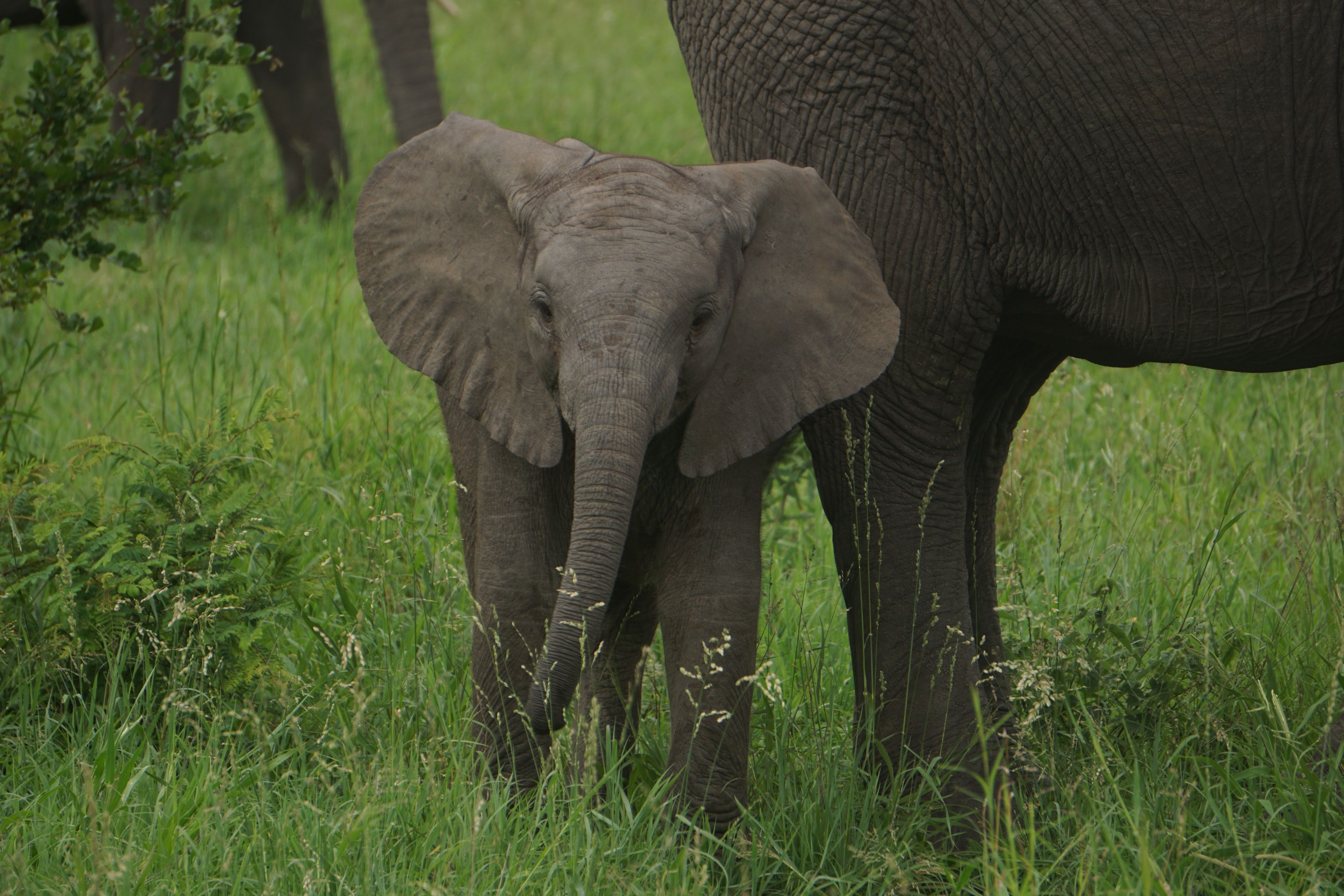
A new honey product has hit the shelves in China offering consumers a way to protect Asian elephants while enjoying a sweet treat (IFAW, 2023).
"Zero Carbon Elephant-Friendly Honey" marks a significant step towards the conservation of wild Asian elephants in China.
Opt for sustainable products, raise awareness about the delicate balance between human activities and wildlife, and contribute to the protection of these majestic creatures and their natural ecosystems.
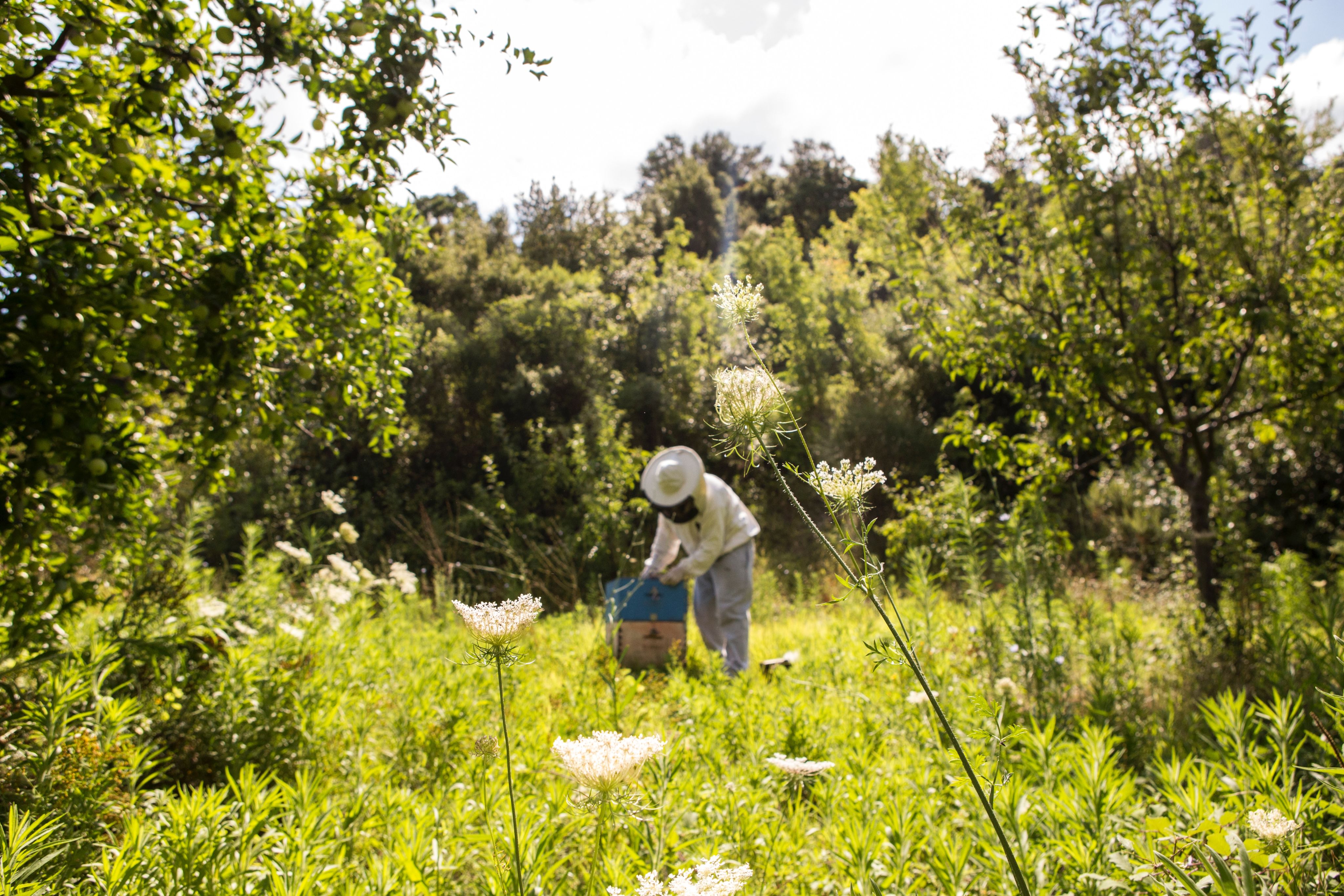
Photo by Bee Naturalles on Unsplash
Photo by Bee Naturalles on Unsplash
Small choices can lead to significant impacts in promoting coexistence and conservation efforts.
We could help our animal friends by choosing eco-friendly products.
Reference:
The history of the Ivory Trade. Education. (n.d.). https://education.nationalgeographic.org/resource/history-ivory-trade/
C4ADS Wildlife Seizure Dashboard. https://wildlifedashboard.c4ads.org/
Ritchie, H. (2022b, December 1). The state of the world’s elephant populations. Our World in Data. https://ourworldindata.org/elephant-populations#:~:text=In%202015%2C%20there%20were%20around,on%20the%20IUCN%20Red%20List.
World Wildlife Fund. (n.d.). Stopping elephant ivory demand. WWF. https://www.worldwildlife.org/initiatives/stopping-elephant-ivory-demand
CITESmike2023. "GLMM-2023-unweighted-model." GitHub, CITESmike2023/GLMM-2023-unweighted-model, 2023, https://github.com/CITESmike2023/GLMM-2023-unweighted-model/blob/main/Data/carcasssummarytable_2023-07-28.csv.
CITES. Convention on International Trade in Endangered Species of Wild Fauna and Flora, https://trade.cites.org/.
